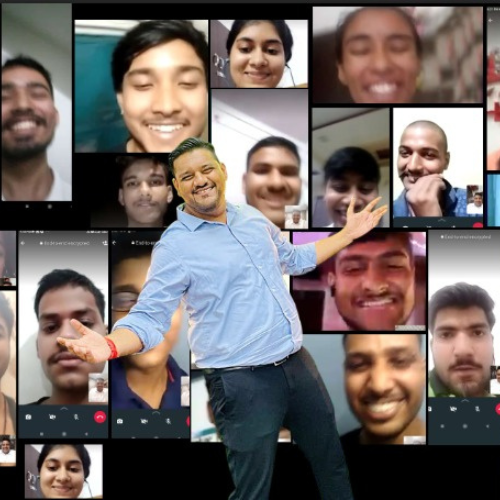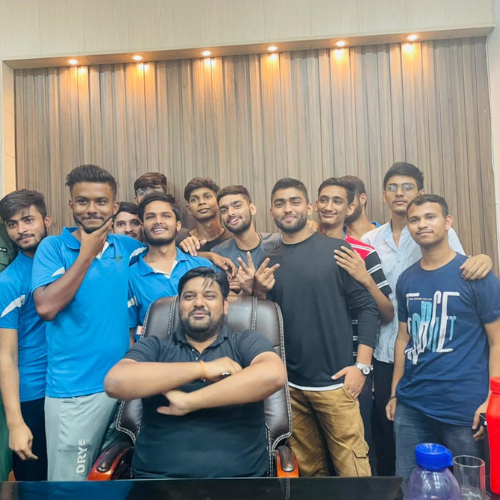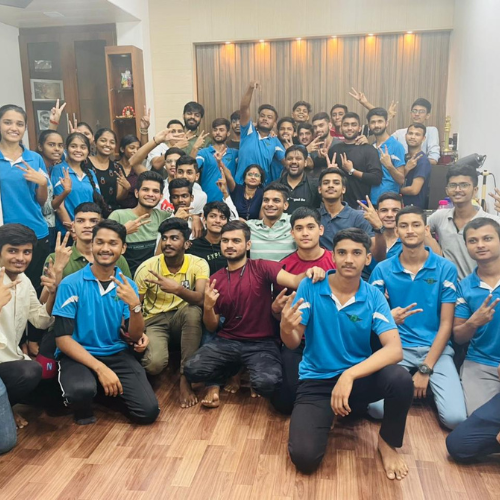Welcome to MJS Defence Academy’s insightful discussion on the Self Description Test (SDT) conducted during the SSB interview. Let’s delve into understanding the test, its significance, and effective preparation strategies.
The Self Description Test (SDT) is a crucial component of the Psychologist Tests at the SSB, aimed at assessing essential information about the candidates.
It serves as a potent tool for psychologists to validate the personality traits of candidates, as self-perception often aligns with recorded traits.
SDT evaluates a candidate’s level of self-awareness, identifying strengths and weaknesses crucial for personal growth and development.

During the Self Description Test (SDT), candidates are allotted 15 minutes to compose five paragraphs addressing the following aspects:
Opinion of Parents: Reflect on your parents’ perceptions of you.
Opinion of Teachers: Consider your teachers’ viewpoints regarding your character and capabilities.
Opinion of Friends: Describe how your friends perceive you and your attributes.
Self-Reflection: Assess your strengths and weaknesses objectively.
Future Aspirations: Articulate the qualities you aspire to develop in yourself.

































To excel in the SDT, consider the following tips:
Follow Instructions: Pay close attention to the psychologist’s instructions to ensure clarity.
Writing Skills: Maintain a steady writing speed with legible handwriting for clear communication.
Relevance: Focus on personality traits relevant to the assessment, avoiding unnecessary details.
Accuracy: Provide accurate information consistent with details provided in the Personal Information Questionnaire (PIQ) Form.
Practice: Prepare in advance by practising SDT responses to refine your self-expression skills.
Honesty: Be sincere and authentic in your self-assessment, avoiding overemphasising strengths or concealing weaknesses.
Format: Present your SDT responses in paragraph form rather than using bullet points.
Here’s an example illustrating each section of the SDT:








Parents: Imagine you’re a candidate participating in the SDT. Here’s how you might describe your parents’ perceptions:
“My parents see me as a capable and independent individual. They often commend me for my problem-solving skills and ability to handle challenging situations with confidence. They appreciate my initiative in taking on responsibilities and completing tasks efficiently. Moreover, they consider me to be friendly and approachable, as I maintain positive relationships with family members and actively engage in social interactions.”
Teachers: Reflecting on your teachers’ viewpoints, you could express:
“My teachers perceive me as a dedicated and diligent student. They often praise my academic performance and note my consistent effort to excel in my studies. Additionally, they recognise my leadership potential and willingness to take on leadership roles in group projects and extracurricular activities. Their advice to me revolves around maintaining a balance between academics and other interests, encouraging me to explore my passions while prioritising my educational goals.”
Friends: Highlighting your friends’ appreciation, you might say:
“My friends value my helpful nature and trustworthiness. They often turn to me for support and advice, knowing that I will always lend a listening ear and offer assistance whenever needed. They admire my commitment to our shared experiences and cherish the moments we spend together. In their eyes, I am someone they can rely on, both in times of joy and adversity.”
Self-Image: Assessing your own strengths, weaknesses, and aspirations, you could express:
“I perceive myself as a determined and resilient individual. While I acknowledge my weaknesses, such as occasional procrastination or difficulty in public speaking, I am committed to self-improvement and strive to overcome these challenges. My strengths lie in my adaptability, creativity, and perseverance. I aspire to continue growing personally and professionally, aiming to become a compassionate leader who positively impacts the lives of others.”
Future Goals: Articulating your aspirations, you might focus on personal and professional growth:
“My future goals revolve around personal development and contributing meaningfully to society. Professionally, I aspire to pursue a career where I can utilise my skills and passion to make a difference in my chosen field. I aim to continuously learn and grow, seeking opportunities for advancement and leadership roles. On a personal level, I aspire to maintain a healthy work-life balance, prioritising my well-being and nurturing meaningful relationships. Ultimately, I strive to lead a fulfilling life while positively impacting the lives of those around me.”
The SDT consists of five sections:
Self Description in SSB, self description ssb, self description test in ssb, self description examples for ssb, self description in ssb sample